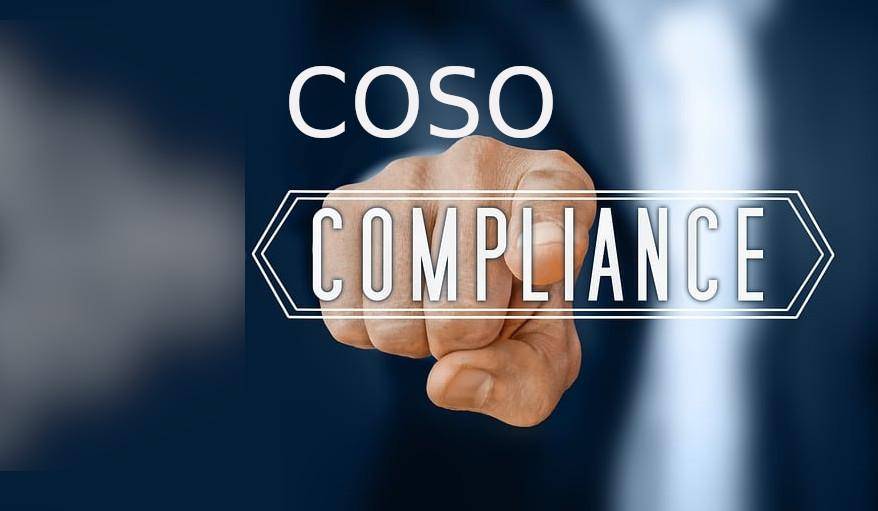Last updated on February 6th, 2023 at 01:54 pm.

With every industry comes different regulations and standards, businesses must adhere to. A company’s internal controls, or the policies and procedures that dictate how the business is run on a day-to-day basis, are often dictated by these external standards.
One such set is the COSO standards, created in response to corporate scandals. Complying with COSO principles is an essential aspect of any business. By doing so, companies can improve their operations, deter and detect fraud, and ultimately benefit their bottom line.
Defining COSO Standards
The Committee of Sponsoring Organizations of the Treadway Commission (COSO) is a not-for-profit organization dedicated to improving corporate governance and business performance. COSO guides enterprise risk management (ERM), internal control, and fraud prevention. With these standards in place, businesses can improve their operations, protect themselves against risks, and increase shareholder value.
Why COSO Standards Are Important
Since 2002, when the Sarbanes-Oxley Act (SOX) was enacted in response to corporate scandals at Enron and WorldCom, compliance with COSO standards has been mandatory for publicly traded companies in the United States. SOX requires companies to have an adequate system of internal controls in place to prevent and detect fraud.
COSO principles provide a framework for implementing such a system.
In addition to being required by law, complying with COSO standards can benefit your business in many ways. A well-designed system of internal controls can improve efficiency and effectiveness, deter and detect fraud, and protect your company’s reputation. Complying with COSO standards can help you obtain financing, manage risk, and improve decision-making.
Key Components of COSO Compliance
There are five components of COSO compliance: control environment, control activities, information and communication, monitoring, and risk assessment.
The control environment sets the tone for an organization and establishes the basis for all other internal controls. It includes factors such as the ethical values of management, the structure and authority of the board of directors, and the company’s culture of integrity.
Control activities are policies and procedures that help ensure risks are appropriately controlled. They include activities such as the segregation of duties, authorization and approval requirements, and physical security controls.
Information and communication systems must be in place to ensure that information is accurate and timely and flows freely up, down, and across the organization.
Monitoring activities help ensure that internal controls are functioning as designed and that necessary correction are made promptly. Monitoring activities can be performed by internal or external auditors or by management itself.
Risk assessment is an ongoing process to identify, assess, and respond to risks. It includes the identification of risks, the evaluation of their potential impact, and the selection of appropriate responses.
Related : How does Shopify work – All About Shopify – For Beginners
COSO Compliance Best Practices For Any Business
Many best practices businesses can follow to ensure compliance with COSO standards. First, companies should develop and maintain a written system of internal controls. This system should be tailored to the organization’s specific needs and regularly reviewed and updated.
Second, businesses should establish clear lines of communication and responsibility for internal controls. All employees should be aware of their role in the system of internal controls and should know whom to contact with questions or concerns.
Third, businesses should perform risk assessments regularly. Risk assessments should identify potential risks, assess their impact, and determine how they should be managed.
Fourth, businesses should monitor internal controls on an ongoing basis. This can be done through audits, management reviews, and other methods.
Finally, businesses should take corrective action when necessary. If any problems are identified, they should be promptly addressed and corrected. By following these best practices, companies can ensure compliance with COSO standards and reap the many benefits of compliance.
Final Thoughts
When it comes to compliance, there are many best practices businesses can follow, such as developing and maintaining a written system of internal controls, establishing clear lines of communication and responsibility, performing risk assessments regularly, monitoring internal controls on an ongoing basis, and taking corrective action when necessary. By following these best practices, businesses can ensure compliance with COSO standards and reap the many benefits of compliance.




